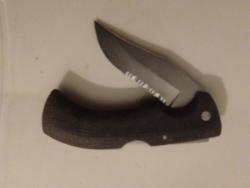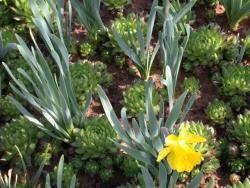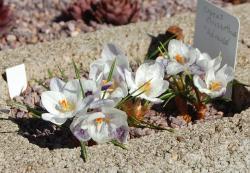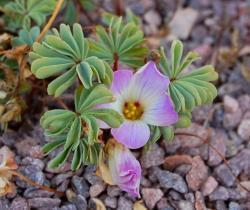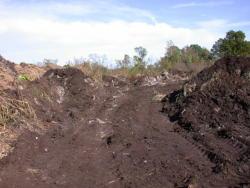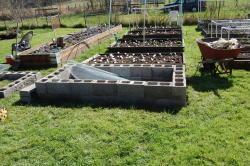About weather here. It is variable. It can get to 32℉ below zero or over 100℉ both rare but have happened in my experience here. We are two thirds the way done on a into a 30yr dry cycle. Peonies love it.
The dry cycle here will end when FL goes into their 30yr dry cycle.They are filling the everglades. The two peninsulas share yin and yang relationship. One is dry and the other wet.
In the wet years here it rains every three days during the growing season. It is hard to hay in this cycle because it can rot on the cut hay on the field. Picking the right time to cut and lift has been predicted better in recent years you have to choose your model based on what is happening locally.
In the winter we can have lake effect snow. It can build up quickly and deep and covers everything.
The land I am on is lake bottom. Holds surface water. Good pottery clays and crayfish chimneys. Wet meadow species are represented and in the woods the same wet environments extend. It is difficult in clay to grow soy-corn rotation, which is the monoculture cycle here, because the land can be too soft and equipment often gets stuck. Planting and harvesting times can vary then. It is not uncommon on a drive a few miles and find fields ahead and behind in the same crop.
The tire gave me more varieties of soil choices because the native soils would not support them and their amendments or recipes would not be lost into the clay.
Tires can finish any species quicker than in the ground. It could be a good choice for landscapers, rather than planting spotty 1 and 2 and gallon containers with some b&b thrown in a fields of bark. Rather when using tires you can plant a mature finished planting that looks really seasoned settled without a clue it was bare ground hours before and tires are re-useable.
Because the soil is so wet in the wet cycle years, crocus in cold frames would bloom in the first week of February and when nothing is happening outside. That is like being in TN.
Example: When it was 32 ℉ below my cold frames were 18 ℉ above zero on an over cast day.
If you go in any direction from my location it can change to muck fields, beach and gravel. This entire area was an ancient lake.
In tires I have grown close to a thousand species and cultivars including fruits, vegetables, trees, shrubs, grasses, woodland plants, ferns you name it, all with better performance than growing in the ground or nursery containers. I have grown plants in other locations and containers to compare.
The model is a humus recipe on top and clay below, like a rain forest floor.
This is a viable portable method. Another benefit is if you take spill, the landing is softer than on bricks.
A small nursery or garden center could supply itself with most of its seasonal plant sales this way. Without incoming truckload shipping costs, without fertilizer inputs, if water is needed an in expensive low pressure variable spray or drip system can be easily applied and moved, added to as needed with all the tools you need to put it together or modify carried in a single pocket.
Disease is not an issue. Insect pests not an issue. If you wanted to break down your plants for resale out of tires you have more than one option within a season. The plants recover running from transplanting just fill the lost areas with your humus recipe.
I grow without herbicides, insecticides, fertilizers. Pretty close to nature. I use an IPM management system with biological control solutions.
IPM with solutions engaging chemical integrations have to be separated by time and space if biologicals are being used. This can be limiting because you can throw the baby out with the bath water if your not paying attention.
The default recommendations on the use of biologicals even from producers, suppliers and consultants is for the most part not cognizant of biological control capability.
Traditional IPM is their model with biologicals first and a followup of chemicals to save your crop if its it going south. This model has been difficult to apply successfully because it one defeats the other.
Chemical insecticides where used early by the USDA-ARS to study pest insects on crops by creating infestation levels and greater. Because the chemicals were used to kill the pest's predators and parasites. That is how chemical insecticides work. Herbicides reduce soil microbiome diversity and fertilizers can increase plant pathogens in the soil. Commercial investors saw these hamster wheels as an opportunity for repeat business. Short term profits.
The recommendations with classic biological control in reference to IPM are based on speculation without experience. Biologicals are intelligent and mobile.
Your plantings are impressive, diverse, a well organized growing repository. Good to see the plant integrations too. I use the spaces made between blocks as well.
Outside of the Little beauty have you found any other plant integrations with semps beneficial?
Have you ever had or heard of in the plantings of semps a total loss of mature plants and crowns being cut off and disappeared?
The beds between your block lines can be divided up if you like by cutting both the rims off the tire. You can squeeze the flexible treads between your brick lines to squares, triangles, ovoids and circles to separate the bed areas, lessening communal entanglements on par with the bricks. Any spaces between shapes can be filled like the bricks.
